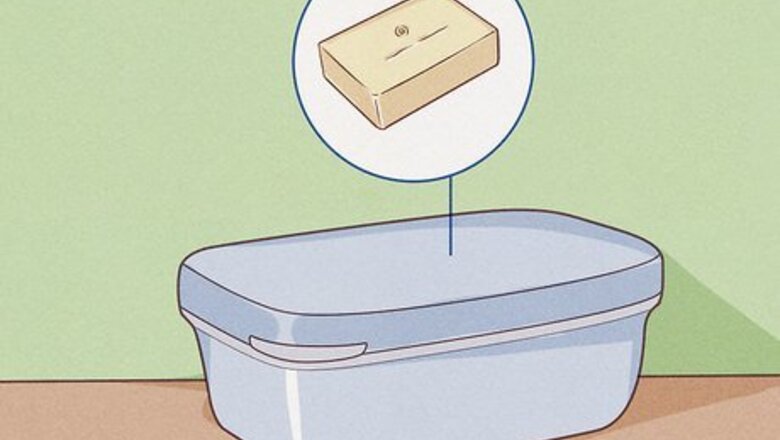
views
Choosing a Storage Container

Use a covered container for unused bars of soap. If you have organic bar soap, you’ll want a container with some air circulation. This is to prevent the soap from going rancid. For non-organic bar soap, just make sure the container is dry. Unused shoe boxes work great for this. If you want to use a plastic container, try poking a few holes in it for ventilation if needed.
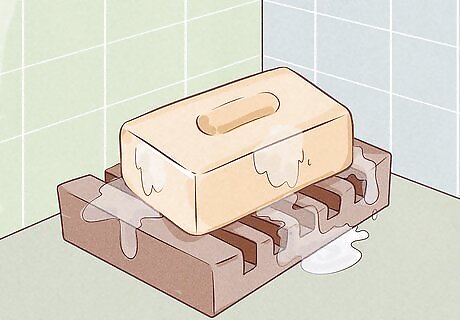
Use a slotted soap dish for whole, used bars. Any dish with holes or some kind of drainage in the bottom will work. This is a great option for storing any soap bars you’re currently using. The slots will drain any water, keeping the bar of soap fresh and dry.
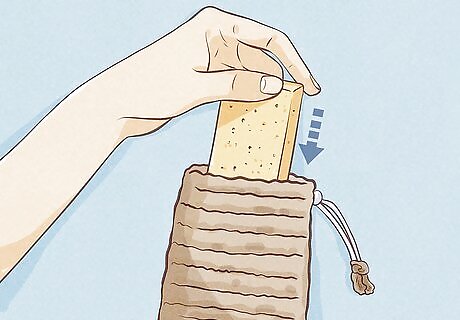
Use a soap saver pouch for thin bars or broken pieces. While it’s possible to buy your own bag, any porous fabric or mesh material formed into a pouch will work. Possibilities include old stockings, socks, a loofah, or any sponge with a pocket.
Keeping Your Soap Clean
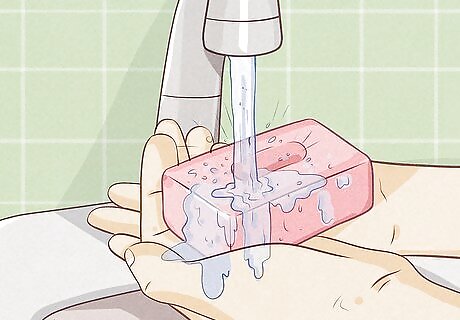
Rinse off the surface of the soap with water. While the germs that reside on a bar of soap do not pose health risks to most people, you may still want to avoid the germs that are on soap. Since the bacteria on a used bar of soap lives primarily on its surface, you can run the soap under a stream of water to rinse off most of the bacteria before storing it.
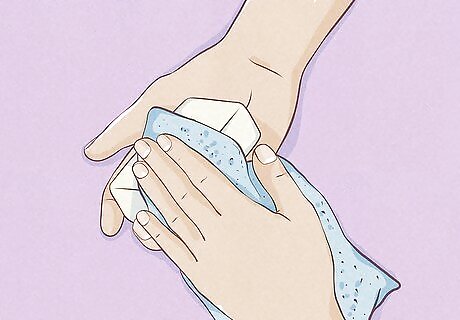
Dry the soap after using or rinsing. Rinsing with water may be the first line of defense against bacteria on soap but bacteria loves nothing more than a wet environment. You can help prevent germ growth by drying your soap with a clean cloth or by leaving it out to dry in open air.
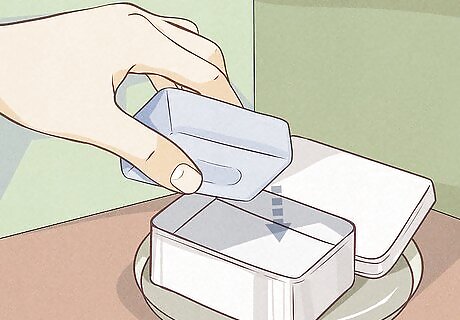
Store the soap somewhere it will stay dry. Using whatever storage container you choose, make sure the soap is either dry before you store it or kept in a place where it will dry between uses. For example, try to avoid storing bar soap in the shower. Consider alternating any bars of soap while you’re using them. You can use one while the other dries and add more bars into the mix if you have more than a few people using them.
Repurposing Old Bar Soap
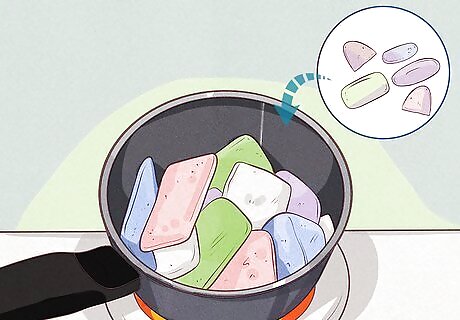
Melt old soap bars into liquid soap. Add pieces of soap bars, too small to use, and melt them in a pot or bowl with 8 cups (1,900 mL) to 9 cups (2,100 mL) of water for every 4 ounces (110 g) of soap. Heat the pot until the soap dissolves and let the mixture cool and thicken at room temperature overnight. You can then pour the mixture into a bottle or jar. Use less water if you want more of a body wash consistency. For a smoother mixture, you can use a hand mixer or a spoon to help blend the cooled soap. This is a great way to use liquid soap while saving money and lowering your carbon footprint.
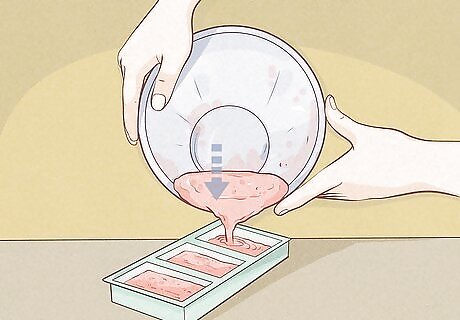
Pour melted soap scraps into molds to make new bar soap. Just heat and dissolve the soap pieces in 1 tablespoon (15 mL) of water per 1 cup (240 mL) of soap, and pick any mold you want—even muffin tins or a loaf pan will work. Wait for the soap to dry out over a few days and you’ll have brand new bar soap. If you only have a loaf pan to use as a mold, you can always cut the soap into smaller pieces.
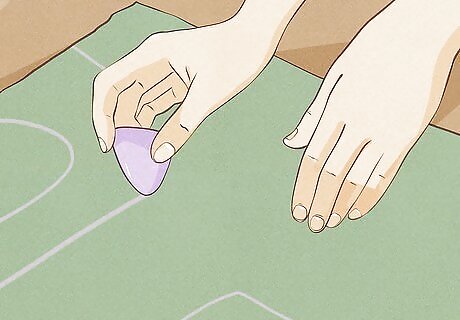
Use leftover soap fragments to mark fabric. Soap washes out of fabric easily, so you can store any remaining soap fragments in a sewing kit to mark up fabric as much as you want without worrying about stains from chalk or a marker.











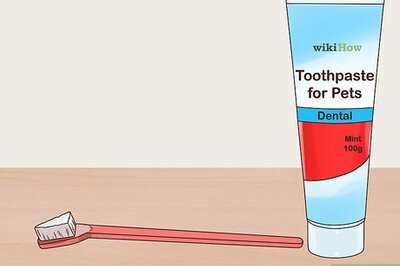



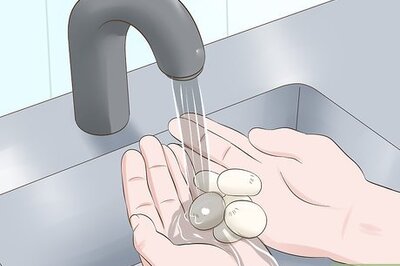




Comments
0 comment